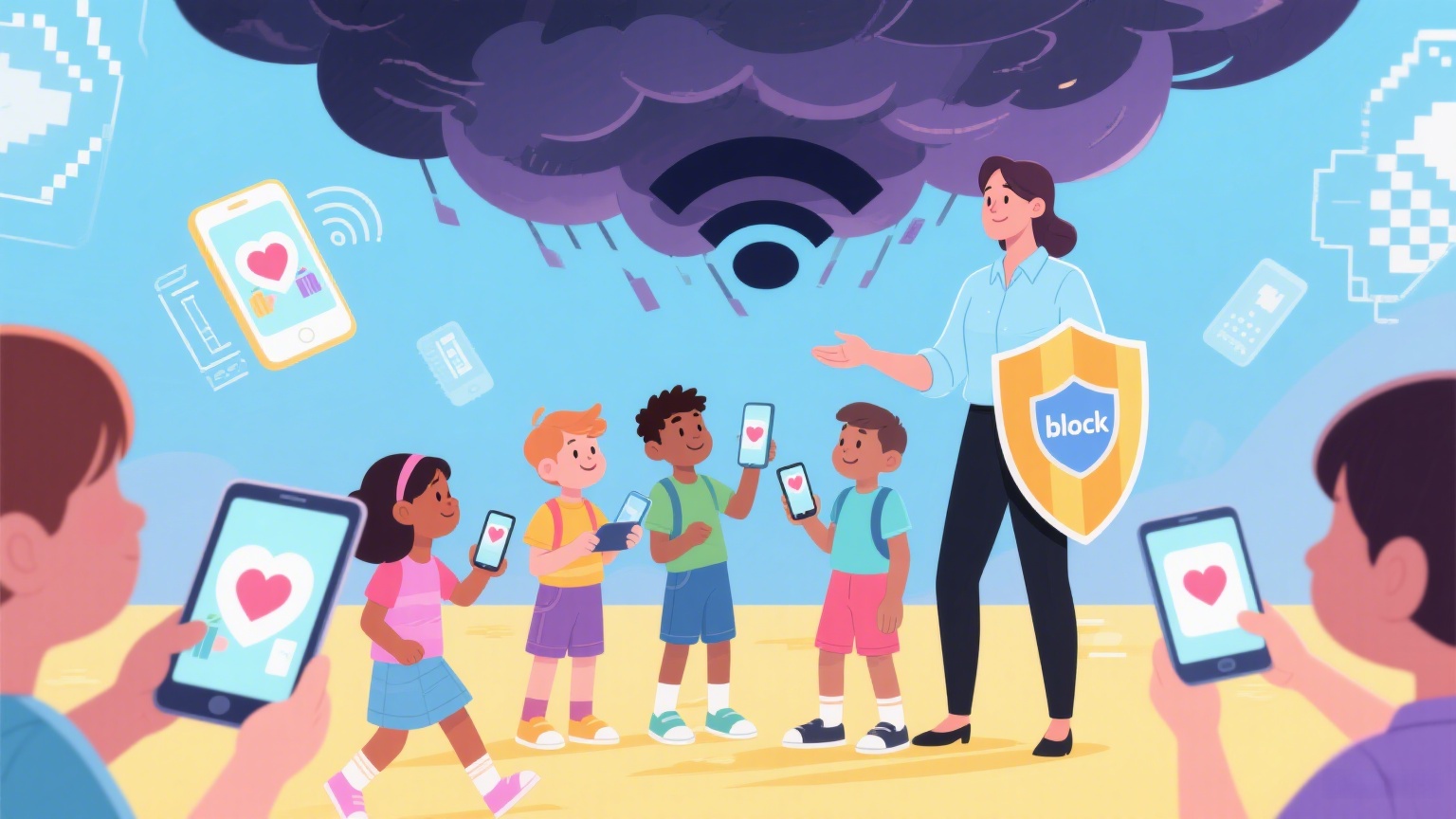Cyberbullying – the use of digital devices to harass, threaten, or humiliate others – has become an alarming threat to children’s mental health. With 37% of young people reporting they’ve experienced online bullying, parents need strategies to both prevent and address this modern danger.
Why Cyberbullying Is Particularly Dangerous
Unlike traditional bullying, cyberbullying:
- Never stops: 24/7 access means no safe haven
- Spreads rapidly: Hurtful content can go viral instantly
- Leaves digital scars: Permanent online records amplify shame
- Hides behind anonymity: Fake accounts make bullies bolder
Victims often experience anxiety, depression, and in tragic cases, suicidal thoughts. Both bullies and victims may face academic suspension or even legal consequences.
Warning Signs Every Parent Should Know
Watch for these red flags:
✔ Emotional changes: Withdrawal, anger outbursts, or sudden mood swings
✔ Behavior shifts: Avoiding school/social events or clinging to isolation
✔ Digital anxiety: Nervousness when devices ping or refusal to discuss online activity
✔ Physical symptoms: Sleep disturbances, appetite changes, or frequent headaches
6-Step Protection Plan
- Open the Conversation
- Discuss cyberbullying before it happens using real-world examples
- Establish “no judgment” reporting policy
- Set Digital Boundaries
- Create device-free times (meals, bedtime)
- Use parental controls judiciously – focus on education over surveillance
- Document Everything
- Save screenshots of abusive messages
- Note dates/times of incidents
- Respond Strategically
- Never retaliate – teach the “Stop, Block, Report” method
- Report serious threats to school authorities or law enforcement
- Rebuild Confidence
- Help develop offline competencies through hobbies/sports
- Work with school counselors if needed
- Address Bullying Behavior
- If your child bullies others:
- Investigate root causes (peer pressure, personal struggles)
- Implement meaningful consequences
- Teach digital empathy through role-playing
- If your child bullies others:
Prevention Through Empowerment
- Role model positive online behavior
- Practice responses to hostile messages
- Promote offline self-worth builders like team sports or arts
Remember: Early intervention prevents escalation. By maintaining open communication and teaching resilient coping strategies, you help build your child’s digital armor against cyberbullying’s harms.








